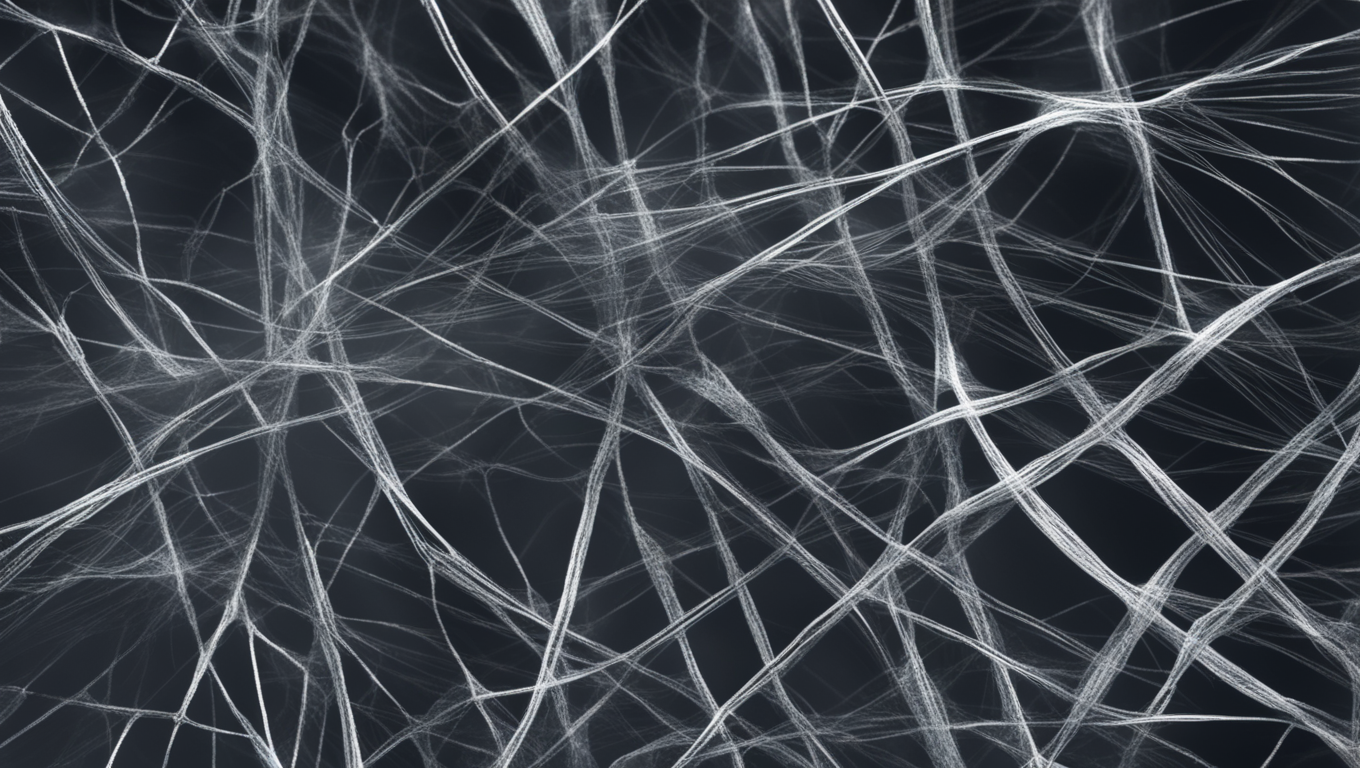Artificial intelligence (AI) has captured the imagination of the world, with its ability to process massive amounts of data in a seemingly superhuman way. However, the current AI systems rely on computer-based algorithms that consume large amounts of energy, especially when working with real-time data. But what if there was a more efficient approach to machine intelligence? That’s exactly what a team of researchers has been working on.
Instead of relying on artificial neural network software, the researchers have developed a physical neural network using silver nanowires. These nanowires, about one thousandth the width of a human hair, form a random network that closely resembles the network of neurons in our brains. This approach, known as neuromorphic computing, aims to emulate the brain’s functionality in hardware.
The team’s nanowire networks display brain-like behaviors in response to electrical signals. Similar to biological synapses, external electrical signals cause changes in how electricity is transmitted at the intersections where the nanowires meet. This network can efficiently process and transmit information carried by these electrical signals.
One of the key advantages of the nanowire network is its ability to learn and adapt in real time. In traditional machine learning, data is fed into the system and processed in batches. But with the nanowire network, data can be introduced as a continuous stream in time, allowing for “on the fly” learning. This is a capability that current AI systems lack.
The team’s online learning approach using the nanowire network is more efficient than traditional batch learning. In batch learning, a significant amount of memory is needed to process large datasets, and the system often needs to go through the same data multiple times to learn. The online approach requires less memory as data is processed continuously, reducing energy consumption and improving efficiency.
To test the capabilities of the nanowire network, the team conducted image recognition and memory tasks. In the image recognition task, the network was able to learn and refine its ability to recognize patterns in real time. In the memory task, the network demonstrated an ability to remember previous digits in a pattern, much like remembering a phone number. These tasks showcase the network’s potential for emulating brain-like learning and memory.
While the team’s work is still in its early stages, it has opened up a world of possibilities for neuromorphic nanowire networks. The ability to learn and adapt in real time, combined with its energy efficiency, makes this approach a promising avenue for future AI developments. As Dr. John Tucholski, one of the researchers involved in the study, puts it, “Our work has so far only scratched the surface of what neuromorphic nanowire networks can do.”
In a world captivated by AI, the development of a physical neural network using nanowires offers a new and exciting frontier. By emulating the brain’s functionality, this approach has the potential to revolutionize machine intelligence. As we continue to explore the possibilities of neuromorphic nanowire networks, we are one step closer to achieving AI that learns and adapts like we do.





Use the share button below if you liked it.